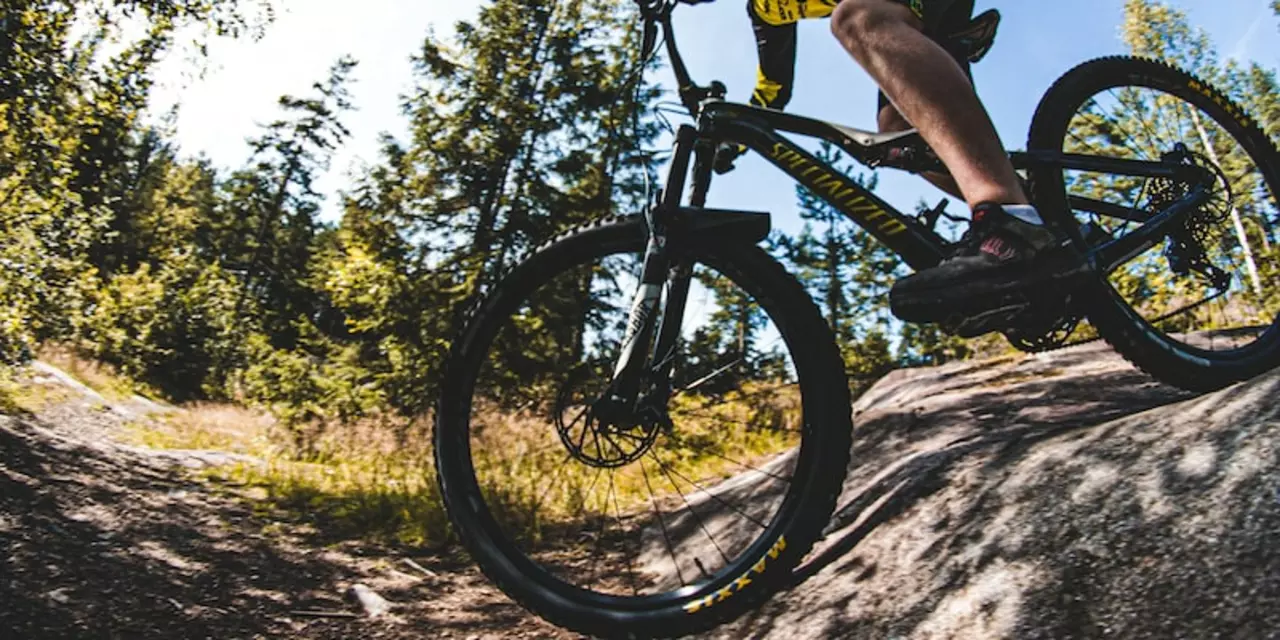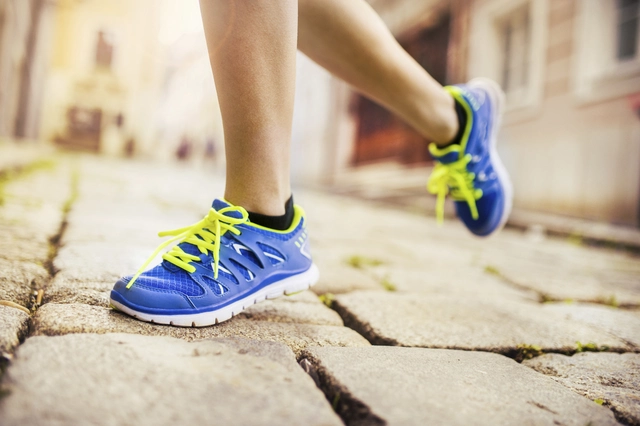Durability Tips for Cyclists – Keep Your Gear Riding Strong
When your bike quits early, it hurts more than a flat tire. The good news is you don’t need a pricey overhaul to get lasting performance. A few easy habits can make your bike, pedals, and accessories survive the daily grind and the occasional off‑road adventure.
Choose Gear That’s Built to Last
First off, pick components that match your riding style. If you hop between city streets and gravel paths, look for mid‑range alloy frames and sturdy steel or carbon forks with reinforced layups. For pedals, clipless systems from Shimano or Look are praised for durability – their steel spindles and sealed bearings stand up to rain, mud, and thousands of clicks.
Don’t forget the small stuff. Sealed bearing bottom brackets, puncture‑resistant tyres, and corrosion‑resistant chains add years to your bike’s life. When you shop, read the specs: “sealed bearings,” “titanium bolts,” or “double‑wall rims” are signals that the manufacturer thought about durability.
Maintain Regularly – The Simple Routine That Saves Money
Even the toughest gear needs love. A quick weekly check can catch wear before it becomes a breakdown. Start with the drivetrain: wipe the chain after each ride, lubricate it with a light oil, and watch for rust spikes. A clean chain reduces wear on the cassette and chainrings, extending their life.
Next, inspect your tyres. Look for cuts, embedded rocks, or worn tread. Keeping tyre pressure in the recommended range not only improves grip but also prevents sidewall cracks. If you hear a thudding noise on rough roads, it could be a loose spoke – tighten it before the wheel goes out of true.
Brakes deserve a glance, too. Squeaky brakes might just need a pad clean‑up, but worn pads can gouge rotors and cost more to replace. Swap pads when they hit the wear line, and keep rotors free of oil.
Lastly, store your bike in a dry place. Moisture is the enemy of metal, especially on steel frames and steel bolts. If you have to leave the bike outside, use a waterproof cover and a rust‑inhibiting spray on vulnerable parts.
By turning these checks into a habit, you’ll notice fewer emergency repairs and more reliable rides. Plus, you’ll get a better feel for what’s normal on your bike, making it easier to spot something out of place.
Durability isn’t about buying the most expensive gear; it’s about matching equipment to your needs and giving it consistent care. Follow these simple steps, and your bike will stay dependable mile after mile.

Are mountain bikes more durable than road bikes?
Mountain bikes are renowned for their durability, but road bikes can also be just as durable with the right maintenance. Mountain bikes have thicker frames, wider tires, and tougher components making them ideal for off-road use and for riders who want a bike that can handle a lot of abuse. Road bikes tend to be lighter and faster, but they also require more frequent maintenance and repairs due to their thinner frames and smaller tires. Both types of bikes can be just as durable, depending on how well they are maintained and how often they are used.
View More



